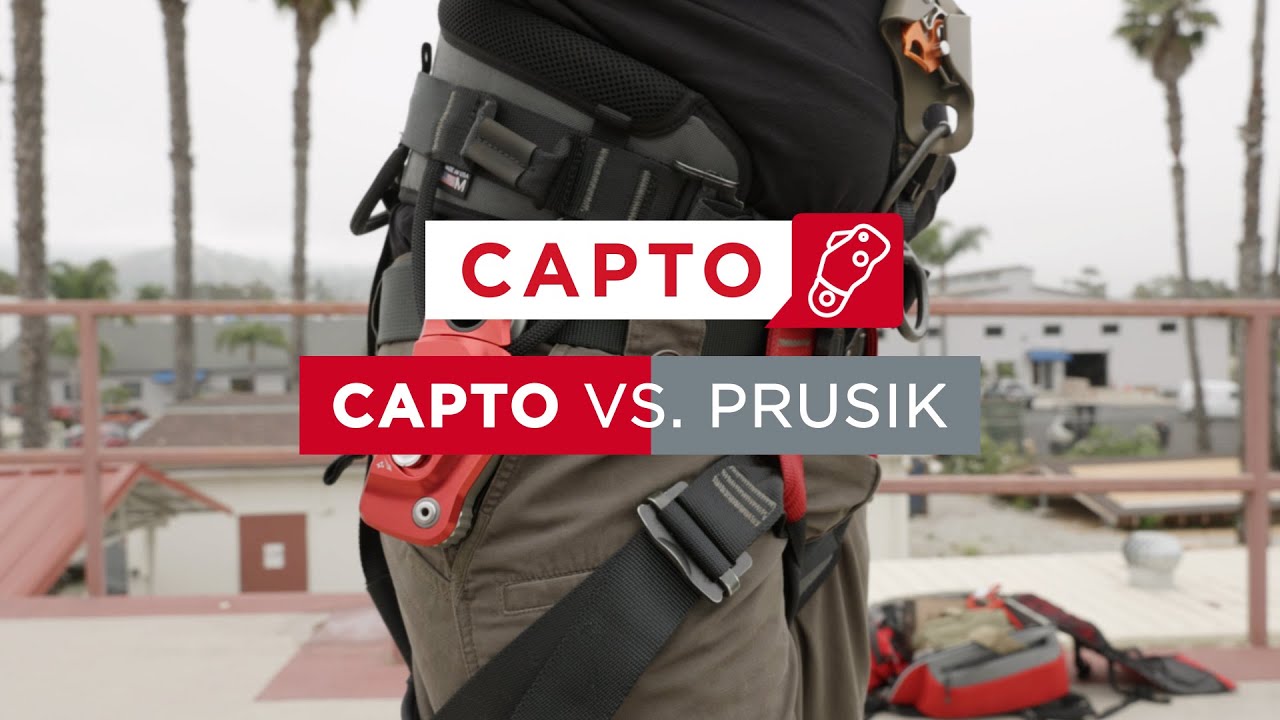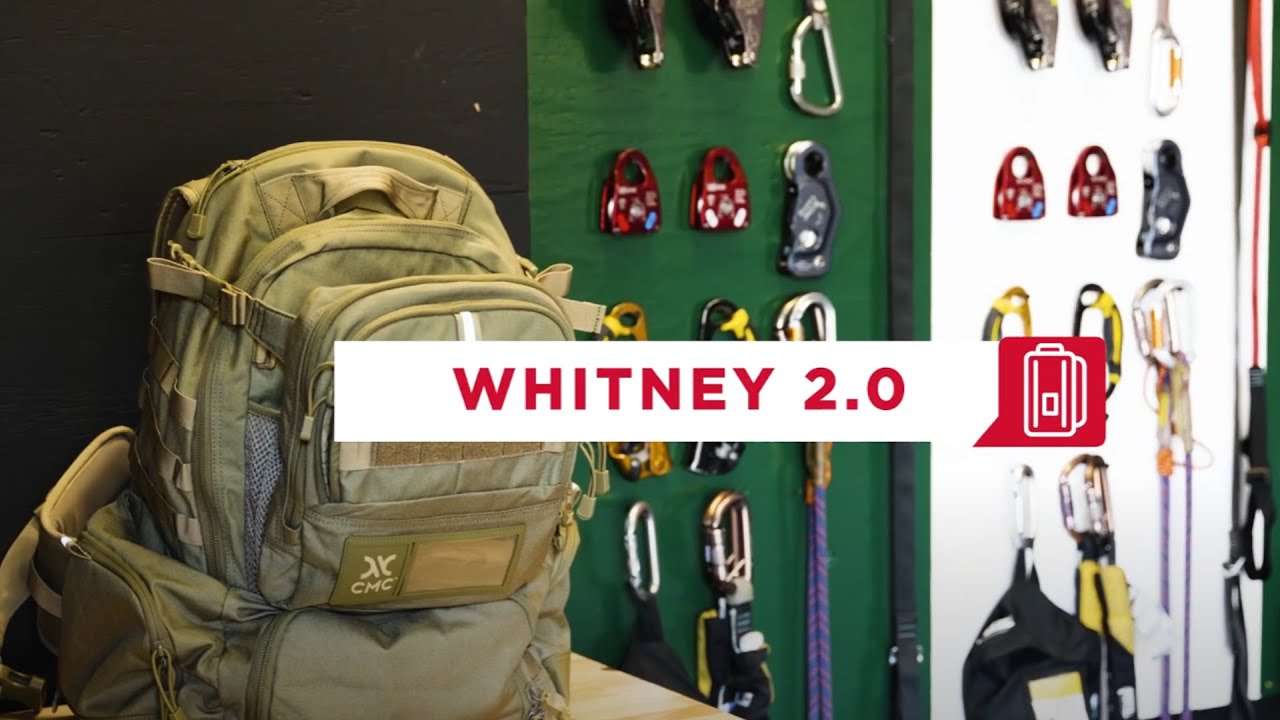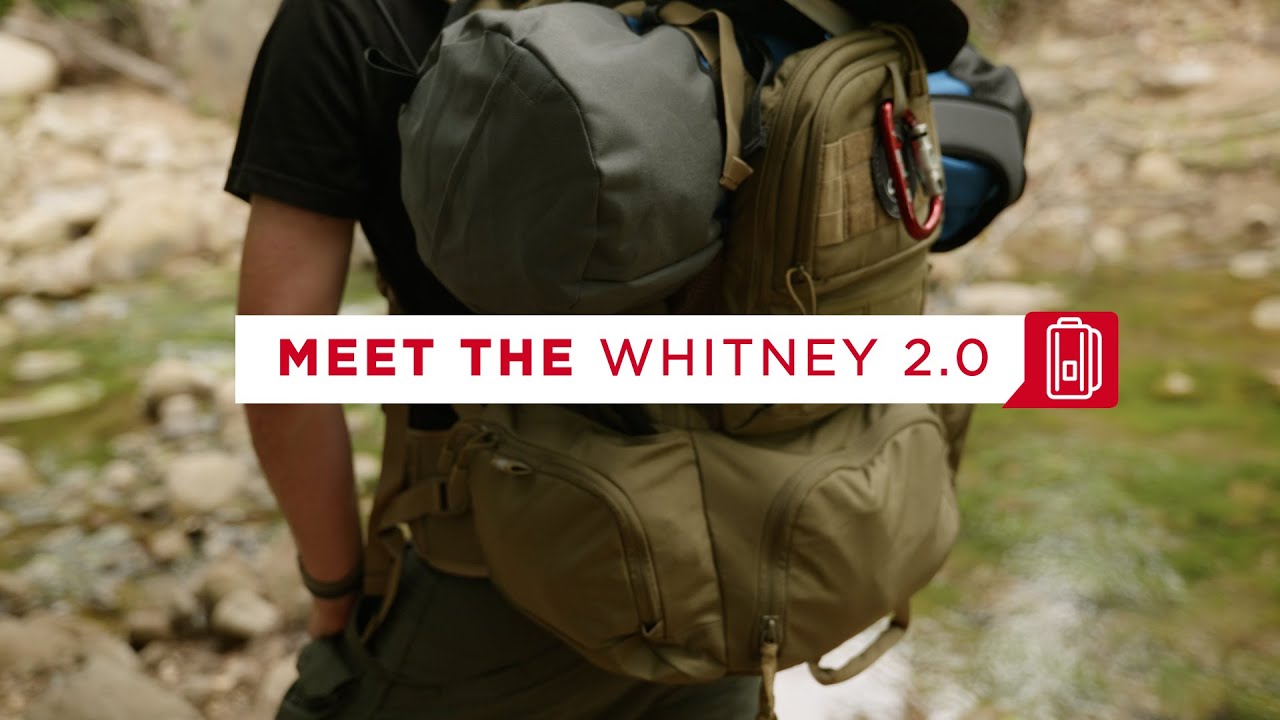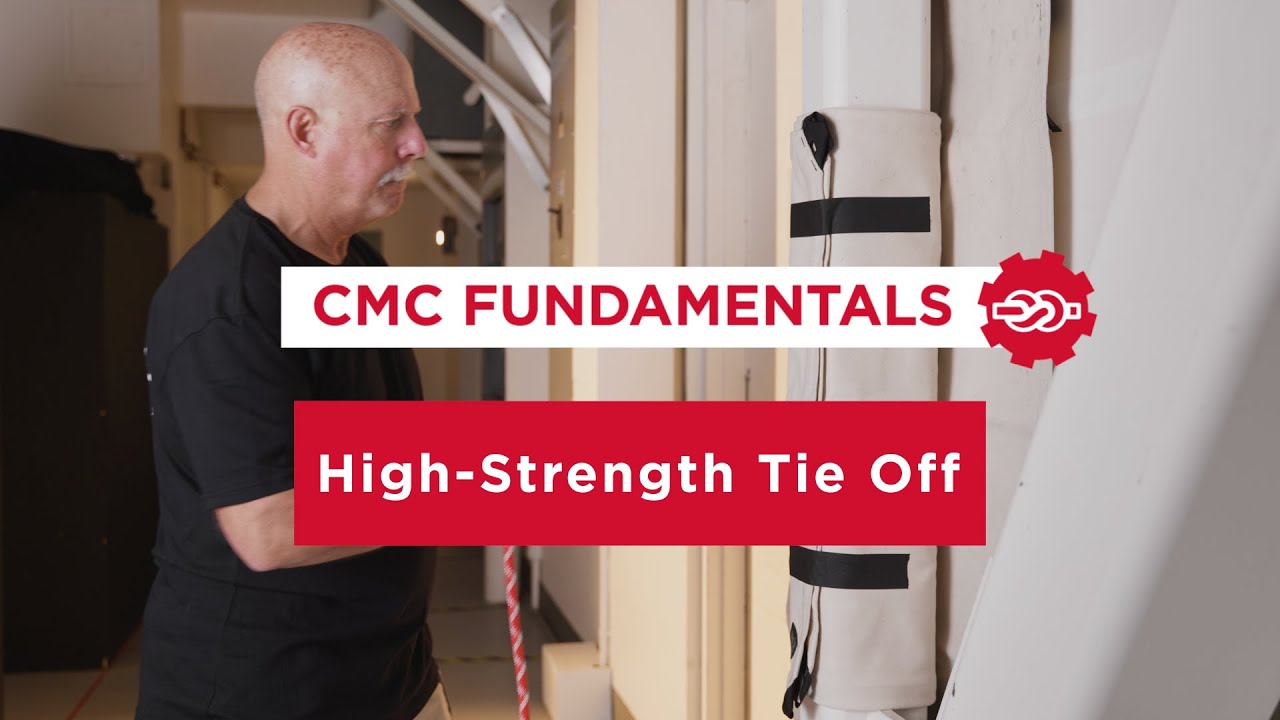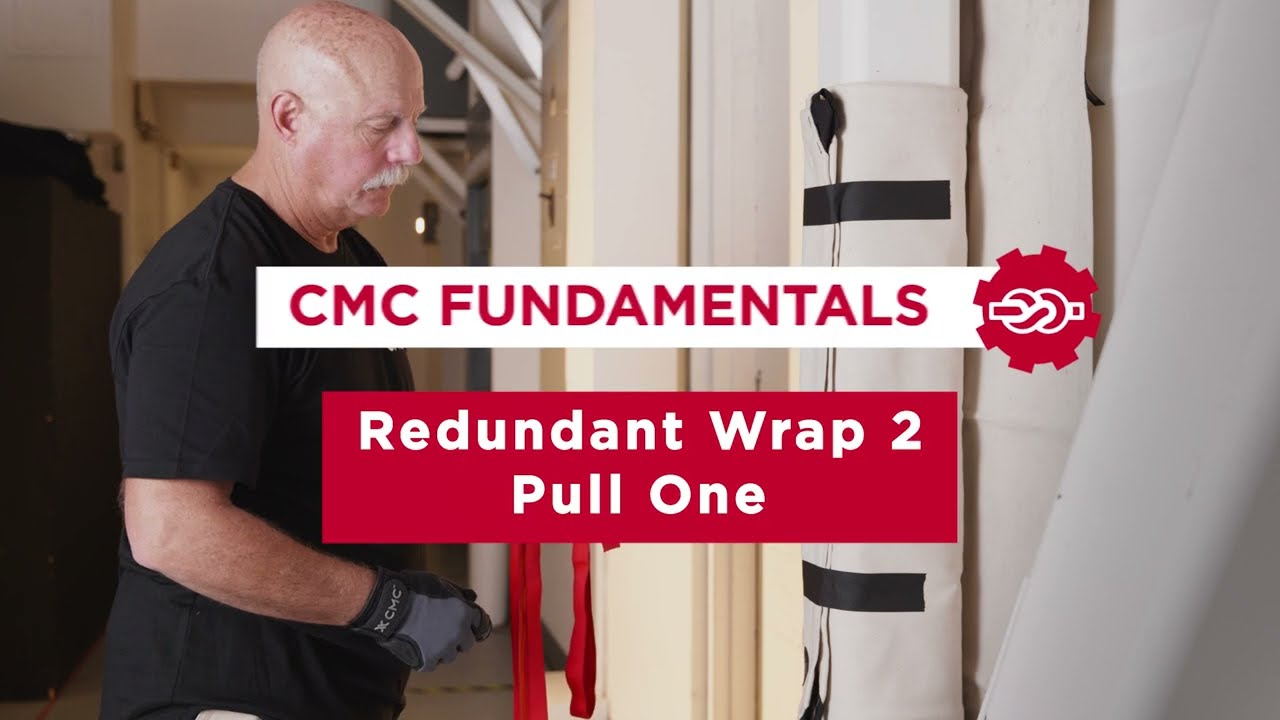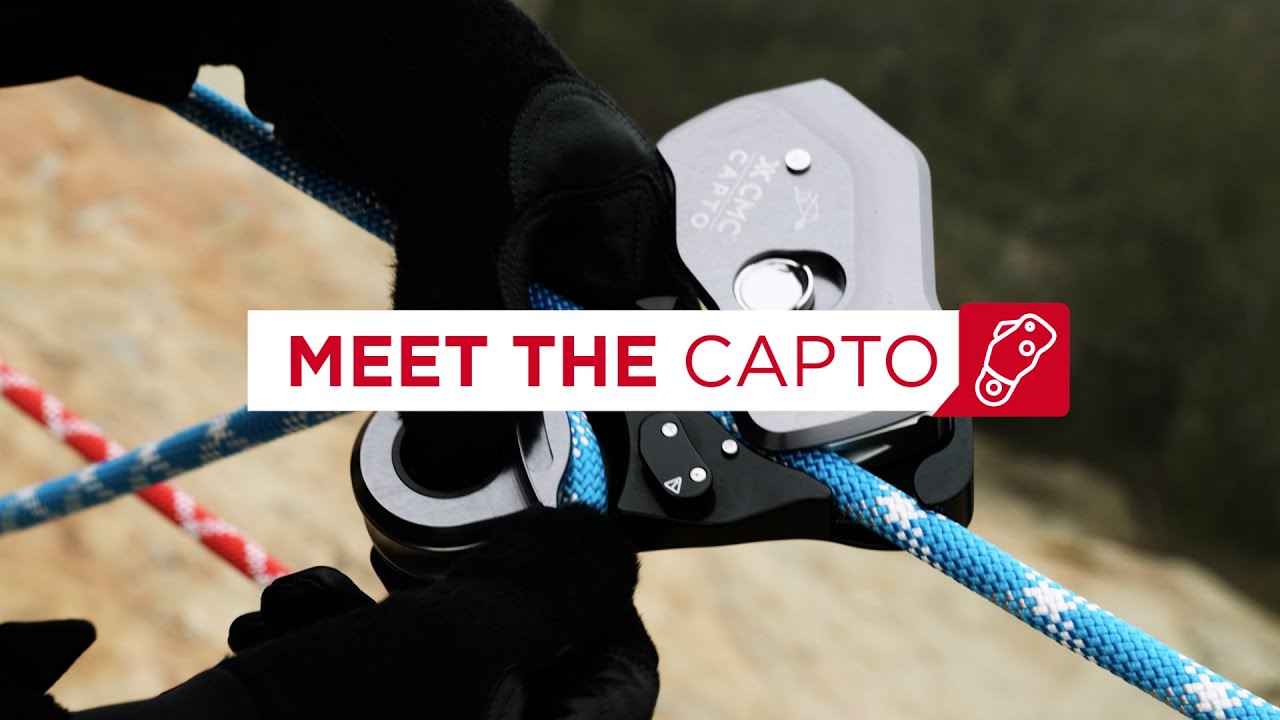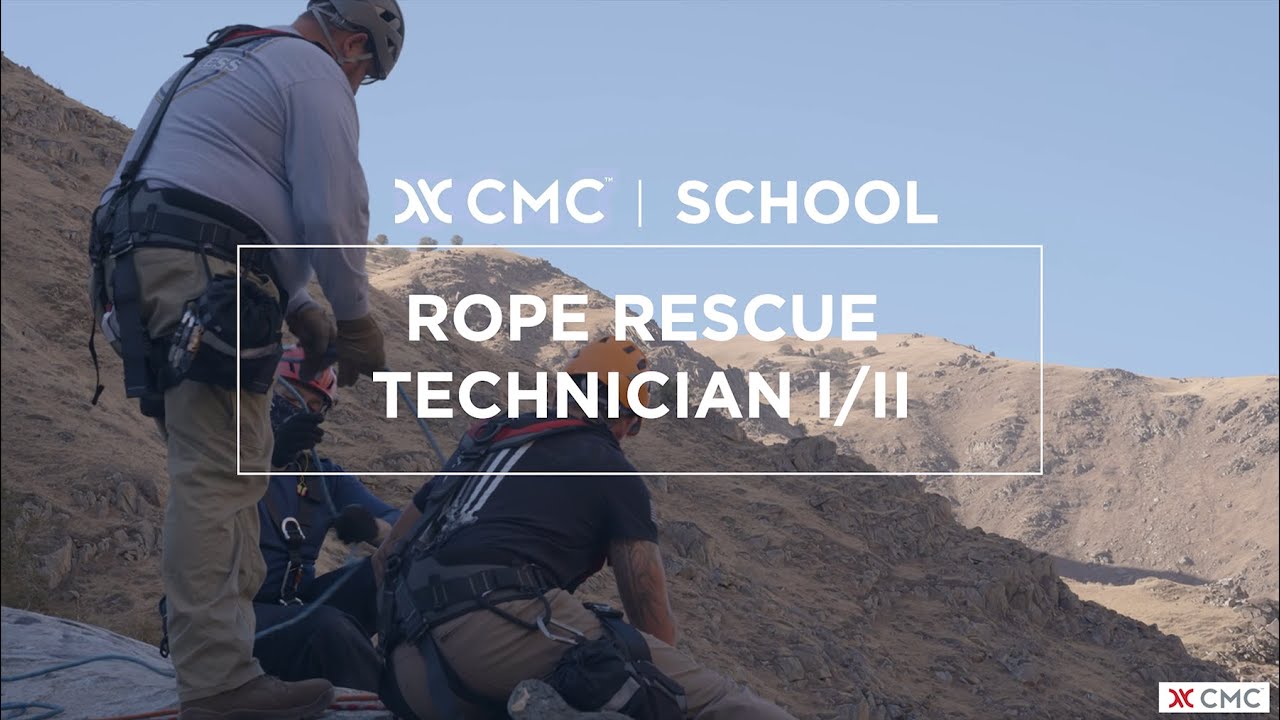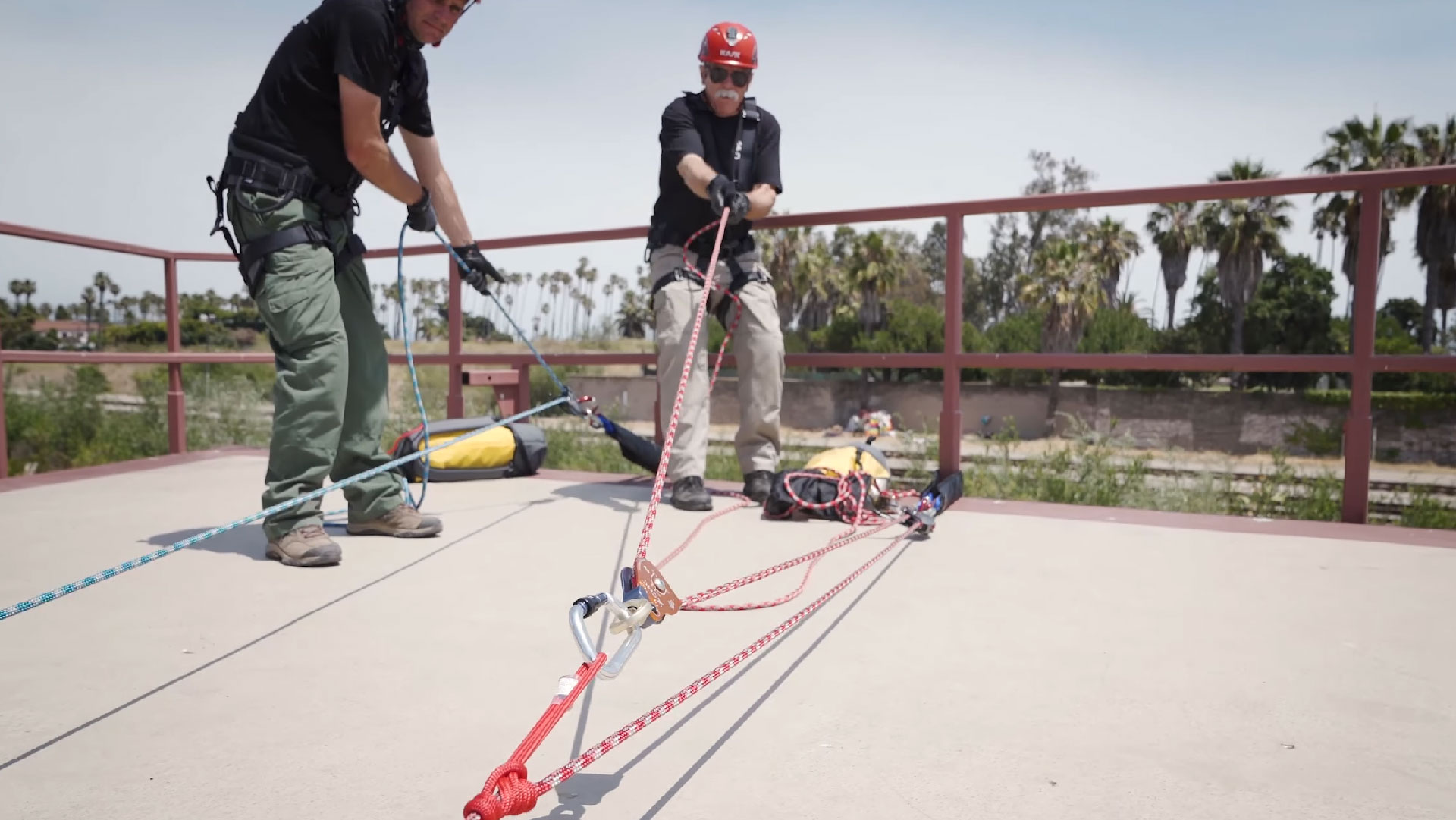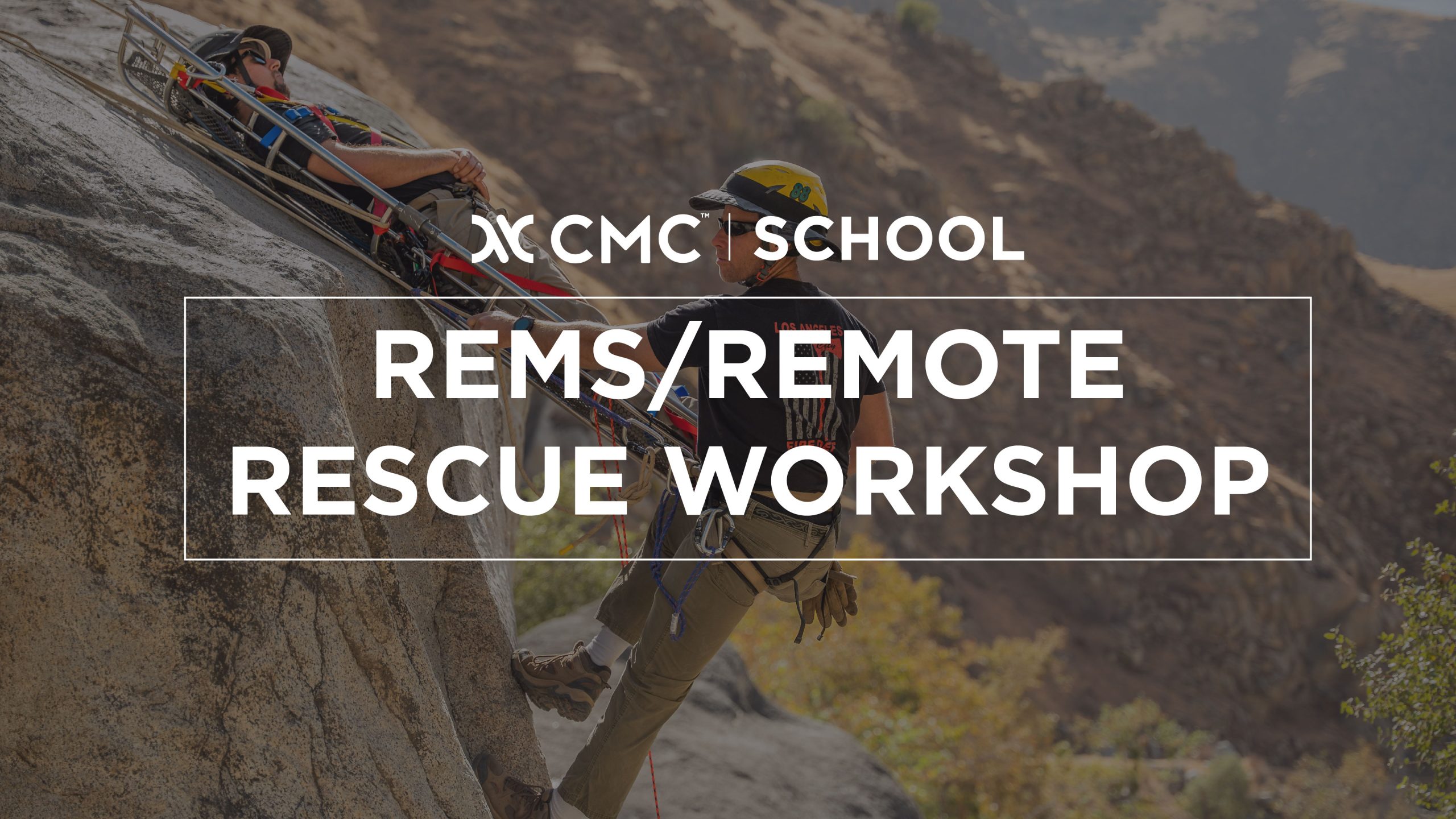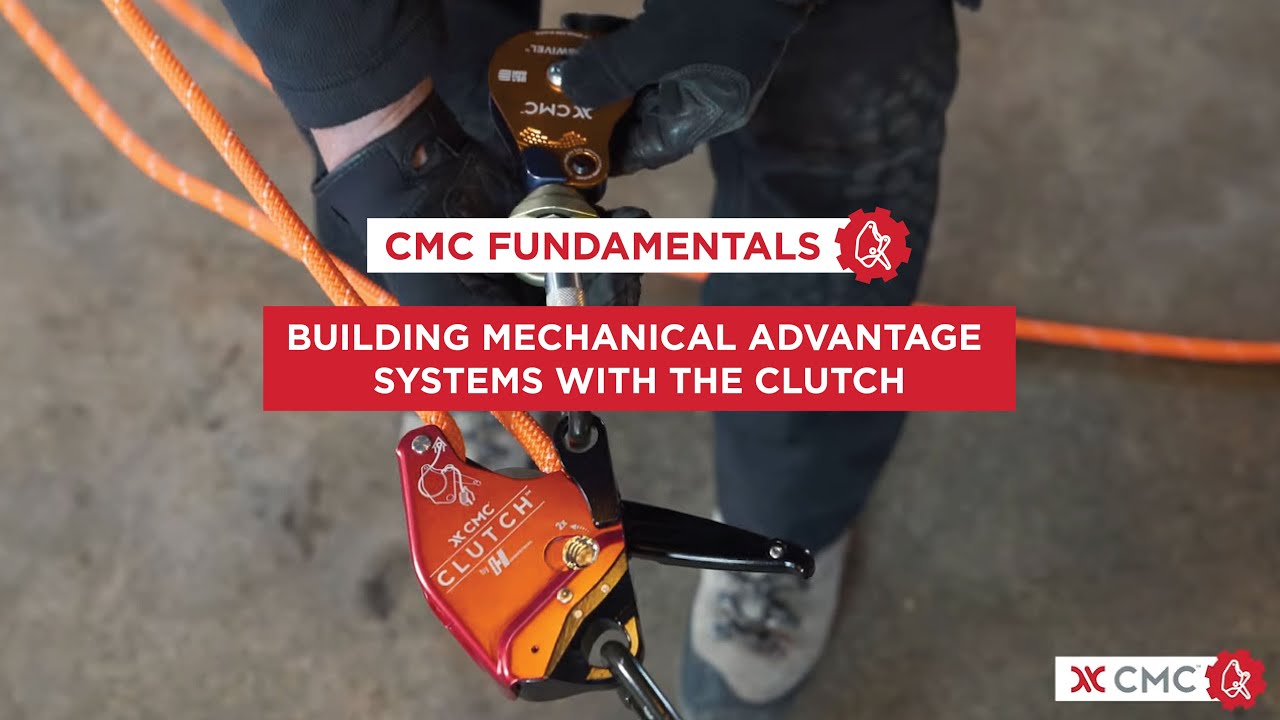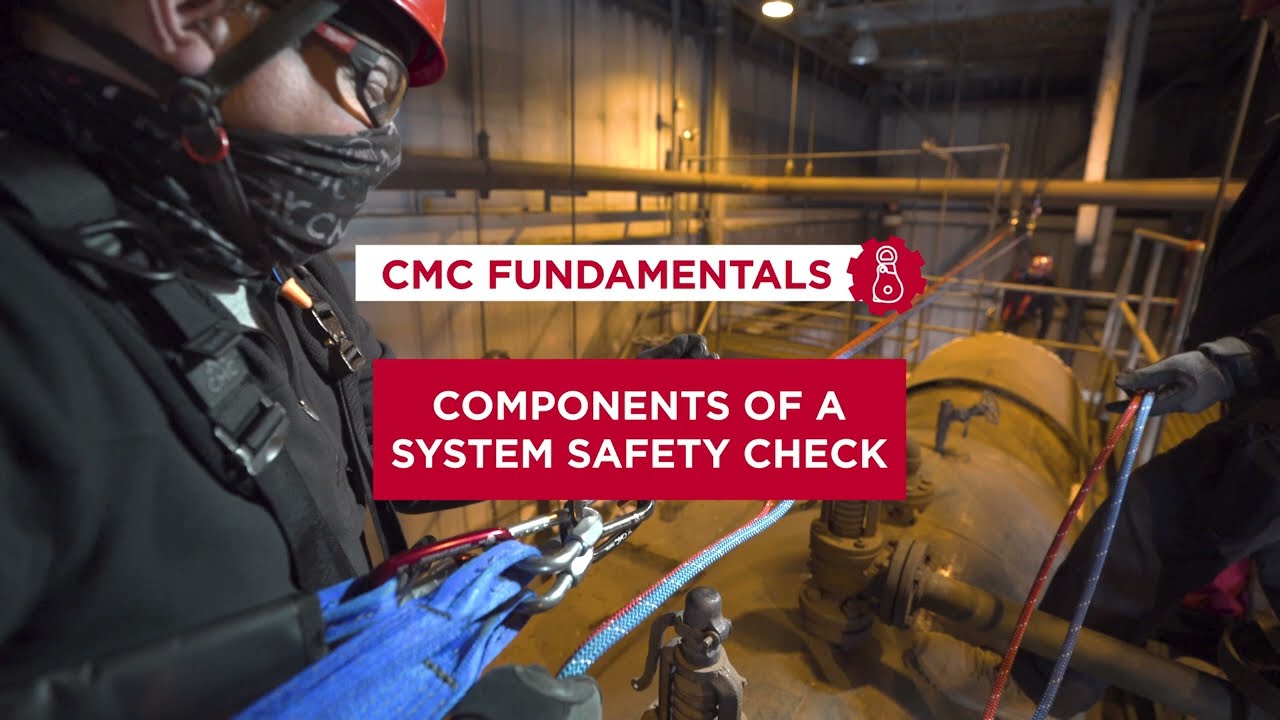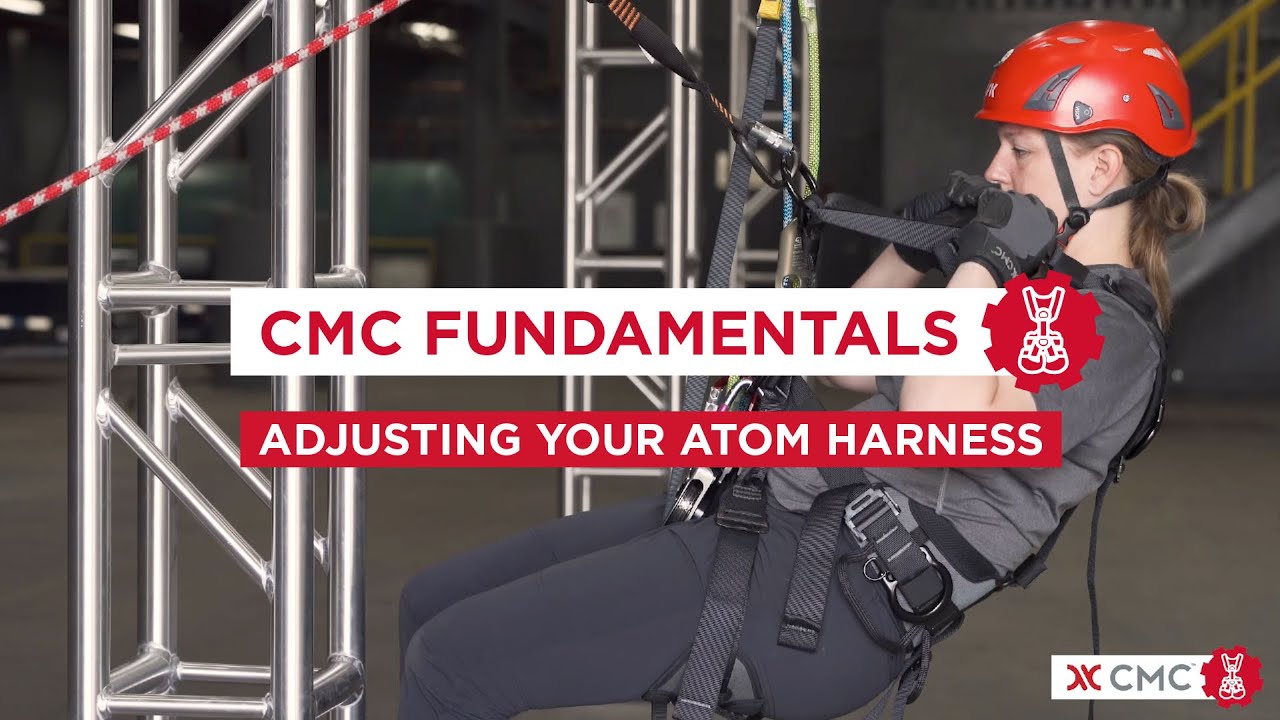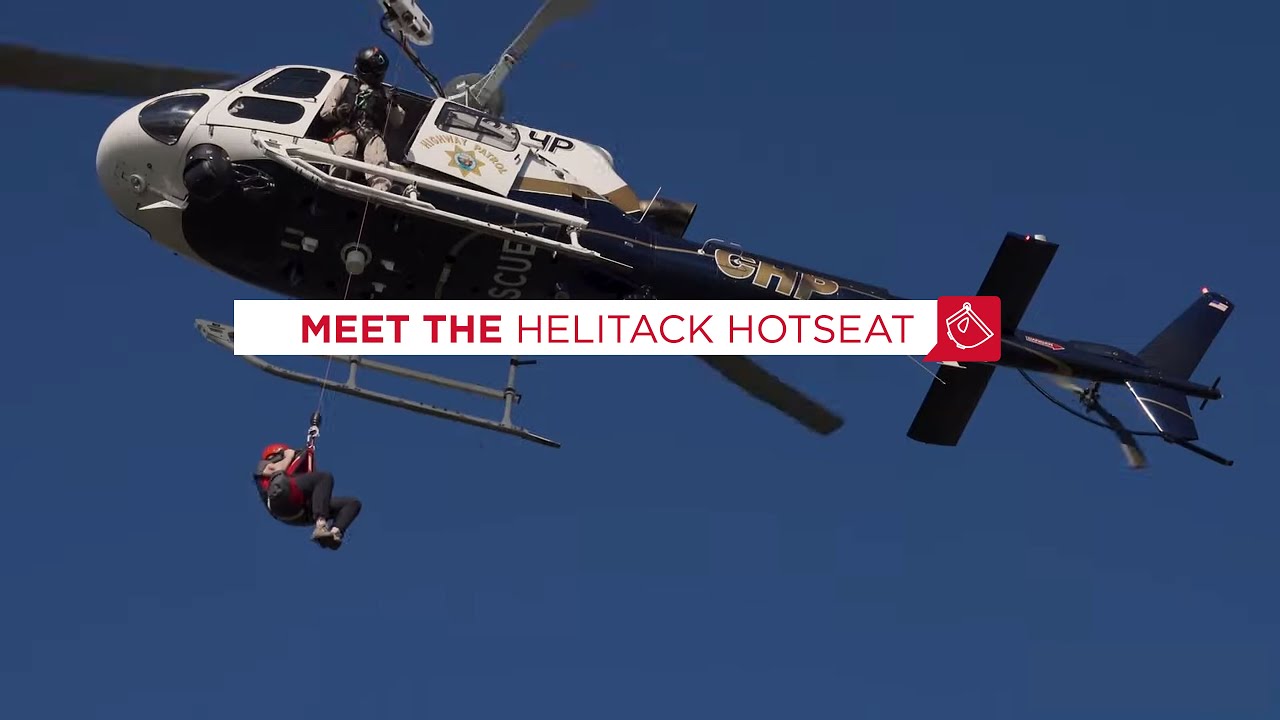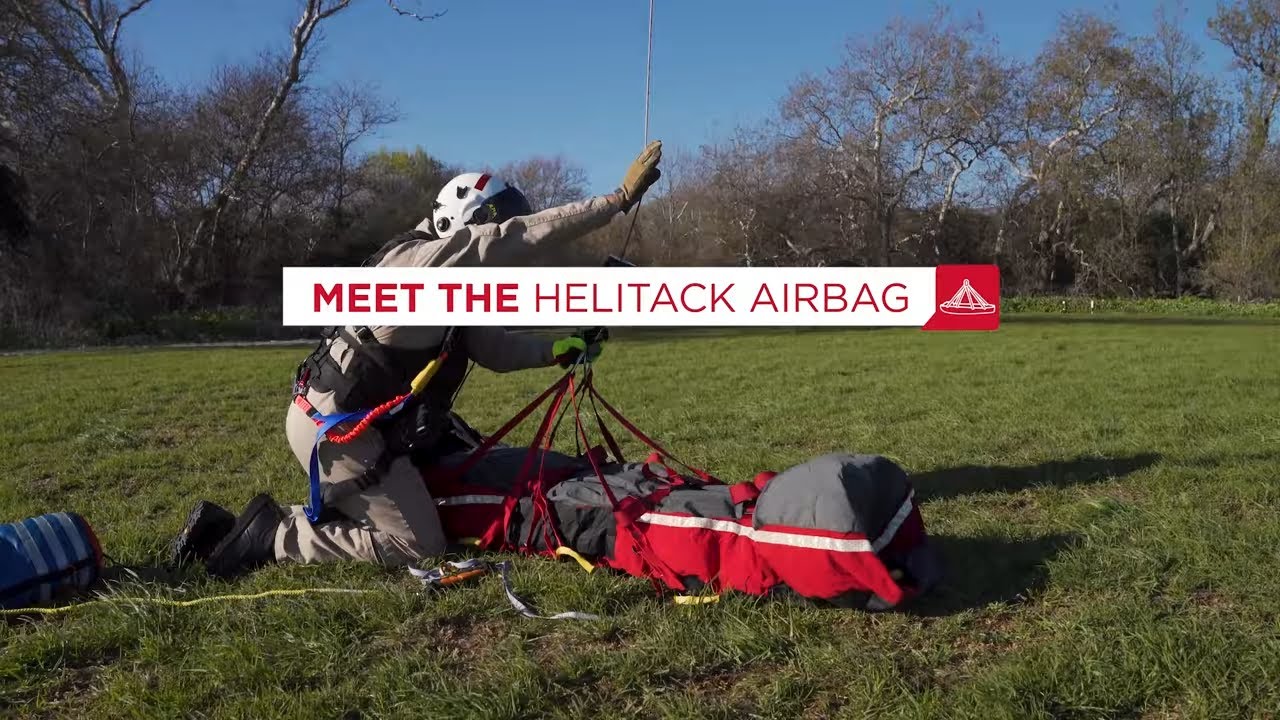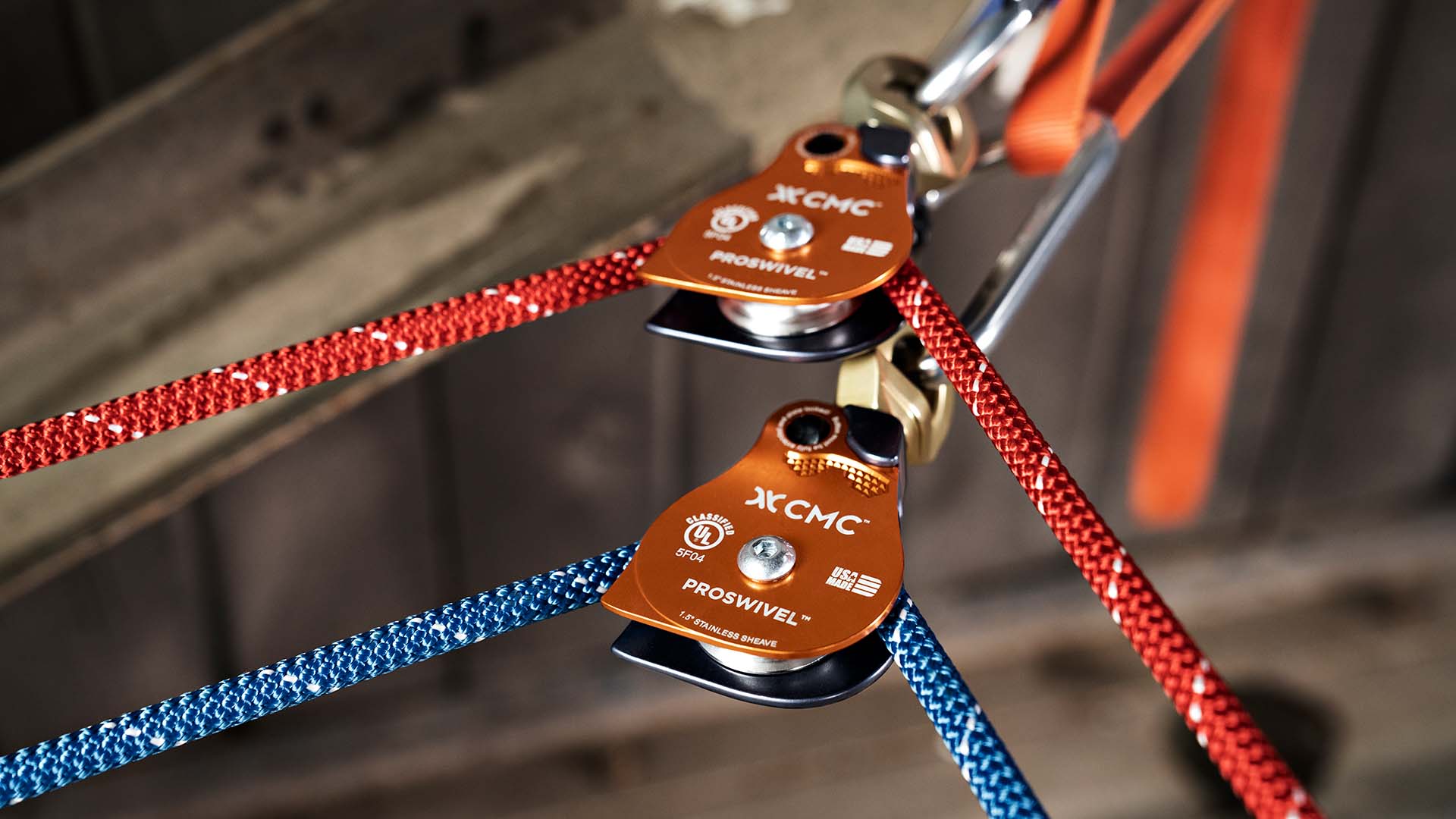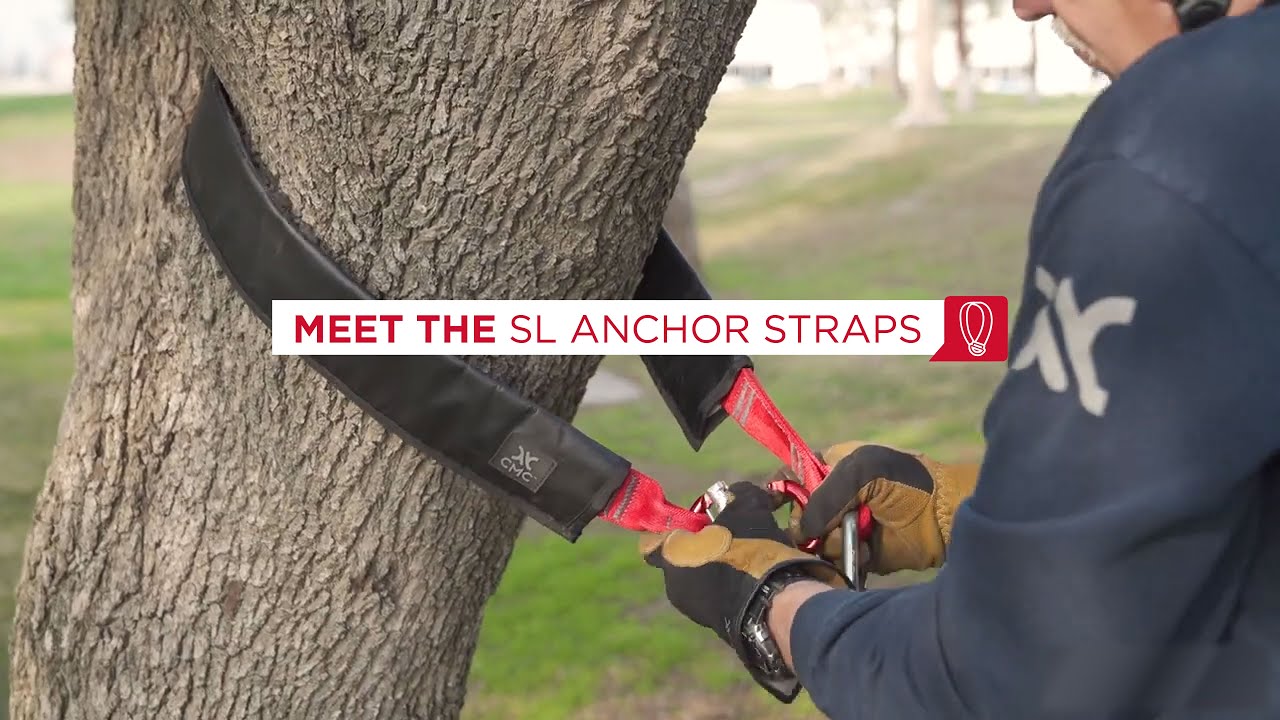Facilitated Learning Analysis
High Point State Park (NJ)
By: US Department of the Interior – National Park Service
INTRODUCTION
The simplest means to learn from an incident is to conduct an after action review (AAR). The AAR is a powerful tool to capture immediate local learning. However, the involved personnel go back to work, learning from identified deficiencies, and the information gleaned during an AAR is typically not shared more than locally.
A facilitated learning analysis (FLA) is more detailed that an AAR and less involved than a serious accident investigation (SAI). The FLA is a non-punitive accident review process which seeks to understand the events of an accident, through the process of “sensemaking”. The FLA process seeks to understand “how” it made sense to those involved, rather than “how” it makes sense in hindsight.
The FLA process supports a learning organization, which is one that completely values opportunities for continuous self-improvement through information and experiences gained in the work place. This is particularly true of safety related issues, particularly the examination of near-misses or accidents. A learning organization directly addresses identified deficiencies so they can be avoided in the future. The FLA process is focused on the lessons learned rather than determining the causal factors of an accident. Learning-focused accident investigations support a “Just Culture”.
Traits of Learning Organizations
- Create a culture that encourages and supports continuous employee learning, critical thinking, and risk taking with new ideas
- Allow mistakes, and value employee contributions
- Learn from experience and experiment
- Disseminate new knowledge throughout the organization
SUMMARY
On April 08, 2015, Delaware Water Gap National Recreation Area (PA) High Angle Rescue Team personnel were conducting a monthly scheduled joint-agency High Angle Rescue (HAR) training session at the High Point State Park in northwestern New Jersey. Due to inclement weather, the training was relocated inside the Monument tower structure on the high point summit. The Monument is a stone masonry obelisk standing approximately 226 feet high. This training session was dedicated to raising and lowering an empty basket stretcher with a litter attendant. There were eight participants, which included one Team Leader (TL) and one Assistant Team Leader (ATL). A pulley hauling system was rigged for use by rescuers situated on a horizontal landing that was approximately 26.5 feet above a concrete mezzanine. This configuration permitted raising and lowering each training participant through separate evolutions as the litter attendant.
The main line was routed from a hauling pulley system up through a high directional comprised of two locking carabiners anchored at the next level above with nylon webbing to the handrail structure. A separate managed belay line (backup) was not employed.
During the final training evolution, the ATL was serving as litter attendant, when the upper directional anchor attachment catastrophically failed causing the ATL to fall approximately 20 feet, initially colliding with a stair railing, and then directly on to the concrete surface. The rescuer was situated above the litter at the time and sustained significant injuries, including an obvious compound (open) arm fracture. The rescuer was immediately treated and stabilized by rescue team members on scene and an aeromedical helicopter was requested due to the fall. The aeromedical helicopter was cancelled prior to landing by local agency responding EMS personnel and the injured ATL was packaged and transported to a local hospital by ground ambulance.
CLICK HERE to read the full Facilitated Learning Analysis.

